Description
Objective
-
In your microwave, we’ll use food to create the fourth state of matter. Please take note that this is NOT the plasma that doctors refer to when talking about blood.
When you give a gas enough energy—often in the form of raising the temperature—so that the electrons become liberated and begin zipping around on their own—you create plasma.
Having a lot of free-riding electrons makes the gas electrically charged since electrons have a negative charge.
The gas gains several cool qualities as a result, including the capacity to conduct electricity and glow (give off light).
Scientists refer to charged particles as particles if they go out on their own and are charged (such as naked electrons).
Materials
- Microwave
a grape knife, with parental guidance
A Dish
Procedures.
-
- Take care when doing this!
Due to the usage of both a knife and a microwave in this experiment, you will be experimenting with both cutting and heating devices. You run the risk of burning or cutting yourself if you are not careful. Please be cautious!
1. Nearly cut the grape in half with care. Leave a thin layer of skin connecting the two halves if possible.
2. Open the grape as you would a book. To put it another way, so that the skin between the two halves is still intact.
3. Put the grape into the microwave with the outside part of the grape facing down and the inside part facing up.
4. Close the door and set the microwave for ten seconds. You may want to dim the lights in the room.
- Take care when doing this!
What’s Going On?
Don’t overcook the grape, please. Let it overcook and it will smoke and stench. Ensure the grape has had enough time to cool before removing it from the microwave.
Plasma can also be found in neon signs, fluorescent lighting, plasma globes, and minute amounts in flames.
What is happening?
Your dinner is cooked in the microwave by directing light beams at the food. The energy of the water molecules in your food is increased by the properly tailored light beams.
When you press, the microwave’s ON button, energy is thrown at the grape, rapidly moving the electrolytes across the bridge and heating the bridge until it catches fire.
A flash of brilliant plasma rises as the flame’s moving electrons rush past each other and combine with the air. You will notice two flames, not just one, if you pay close attention.
There is matter everywhere. There have historically been three states of matter. The atoms’ propensity to cluster together is referred to as the state of matter.
Not to be confused with the states of confusion. Gases, liquids, and solids make up the three states. But don’t be surprised if a science teacher tells you that’s not the complete story.
Two further states of matter exist. They are plasma and the Bose-Einstein condensate (are you ready for this one?).
Both of these physical forms of matter are rather uncommon on Earth.
Disclaimer and Safety Precautions
Warning is hereby given that not all Project Ideas are appropriate for all individuals or in all circumstances. Implementation of any Science Project Idea should be undertaken only in appropriate settings and with appropriate parental or other supervision. Reading and following the safety precautions of all materials used in a project is the sole responsibility of each individual. For further information, consult your state’s handbook of Science Safety.
Safety
- Put on protective eyewear. Conduct the experiment on the plastic tray and in a well-ventilated area.
- Keep a bowl of water nearby during the experiment.
- Keep flammable materials and hair away from flame.
- Avoid looking directly at burning magnesium to prevent eye discomfort.
- Do not attempt to extinguish the solid fuel and magnesium — let them burn down completely. Do not touch the stove after the experiment — wait until it cools down.
- Do not allow chemicals to come into contact with the eyes or mouth.
- Keep young children, animals and those not wearing eye protection away from the experimental area.
- Store this experimental set out of reach of children under 12 years of age.
- Clean all equipment after use.
- Make sure that all containers are fully closed and properly stored after use.
- Ensure that all empty containers are disposed of properly.
- Do not use any equipment which has not been supplied with the set or recommended in the instructions for use.
- Do not replace foodstuffs in original container. Dispose of immediately.
- In case of eye contact: Wash out eye with plenty of water, holding eye open if necessary. Seek immediate medical advice.
- If swallowed: Wash out mouth with water, drink some fresh water. Do not induce vomiting. Seek immediate medical advice.
- In case of inhalation: Remove person to fresh air.
- In case of skin contact and burns: Wash affected area with plenty of water for at least 10 minutes.
- In case of doubt, seek medical advice without delay. Take the chemical and its container with you.
- In case of injury always seek medical advice.
- The incorrect use of chemicals can cause injury and damage to health. Only carry out those experiments which are listed in the instructions.
- This experimental set is for use only by children over 12 years.
- Because children’s abilities vary so much, even within age groups, supervising adults should exercise discretion as to which experiments are suitable and safe for them. The instructions should enable supervisors to assess any experiment to establish its suitability for a particular child.
- The supervising adult should discuss the warnings and safety information with the child or children before commencing the experiments. Particular attention should be paid to the safe handling of acids, alkalis and flammable liquids.
- The area surrounding the experiment should be kept clear of any obstructions and away from the storage of food. It should be well lit and ventilated and close to a water supply. A solid table with a heat resistant top should be provided
- Substances in non-reclosable packaging should be used up (completely) during the course of one experiment, i.e. after opening the package.
Disposal
Dispose of the reagents and solid waste together with household garbage.




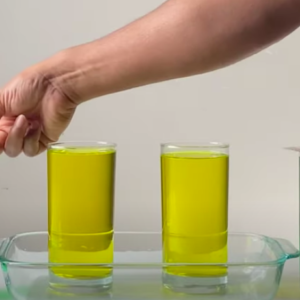
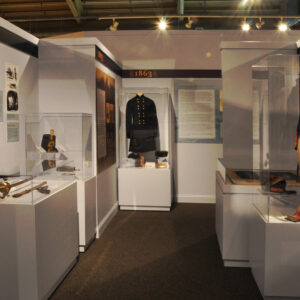
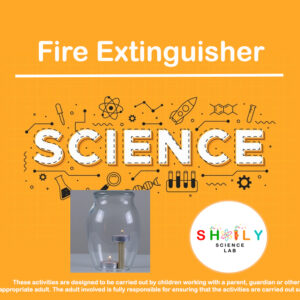
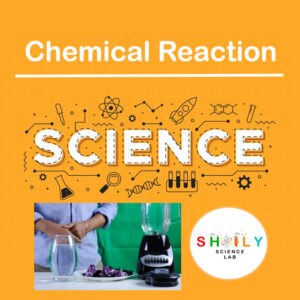
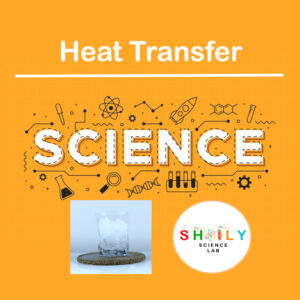
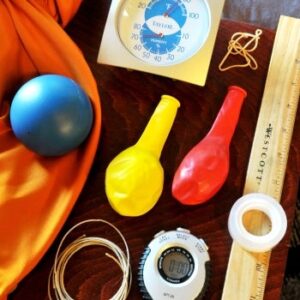
Reviews
There are no reviews yet.